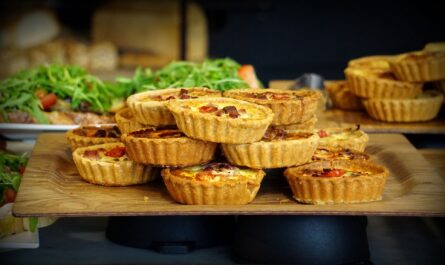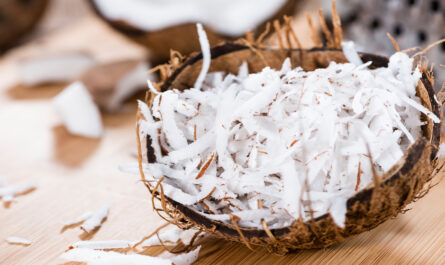The tradition of baking and enjoying pastries can be traced back thousands of years. However, the commercial freezing of baked goods is a more recent development. In the early 1900s, French bakers experimented with freezing croissants and other treats to preserve their freshness during long journeys. By the 1940s, large bakeries in the United States had begun industrial freezing to distribute baked items across wider areas. The 1970s saw major advances in freezing technology and distribution infrastructure, allowing frozen cake and dough to gain mainstream popularity. Today, frozen varieties account for a significant portion of total pastry sales globally.
Varieties
A wide range of Frozen Pastries are now commonly found in the frozen food aisle. Among the most popular are frozen pies, tarts, danishes, cinnamon rolls, and croissants. Pies like apple, cherry, and blueberry have long been frozen staples, providing convenient homemade flavor. Thaw-and-serve tarts containing fruits, creams, and custards are gaining ground as well. Danish and cinnamon rolls offer flaky, sweet goodness straight from the oven with minimal effort. Croissants have remained a top seller due to their authentic, buttery taste when baked from frozen. Gourmet varieties like chocolate croissants and almond Danish expand choice. Gluten-free and vegan pastries additionally cater to dietary restrictions.
Convenience and Quality Benefits
Convenience stands out as a core advantage of frozen pastries. Busy consumers appreciate the ability to enjoy bakery-quality treats with just 10-15 minutes of bake time. Frozen goods boast extended shelf life of up to nine months when stored properly. This allows stocking up on favorites in large quantities. From a quality perspective, industrial freezing halts the staling process so thawed items are fresher-tasting than shelf-stable alternatives. Careful processing also locks in nutrients, flavors, and textures very close to just-baked versions. Preservatives are rarely needed. Overall, consumers perceive good value from tasty, convenient options versus made-from-scratch time and cost.
The frozen pastry segment continues growing robustly across worldwide markets. In the United States alone, annual retail sales exceed $2 billion according to industry sources. Driving factors include the aforementioned convenience benefits alongside rising health consciousness. Many frozen varieties contain no artificial colors, flavors, or dough conditioners and offer portion control. Natural and organic lines particularly resonate with today’s buyers. Elsewhere, Europe maintains position as the largest regional producer and consumer of frozen baked goods overall. Emerging economies in Asia Pacific and Latin America exhibit strongest gains as lifestyles modernize and demand for Western snacks rises. Category innovation and line extensions further fuel expansion.
Innovations in Product Development
Manufacturers continually strive for product differentiation to grab consumer attention and dollars in the competitive frozen baking sector. One noteworthy trend involves enhanced nutritional propositions. Offerings boast whole grains, protein, fiber, and limited or no sugar. Gluten-free converts likewise spur new product development to satisfy the sizable celiac and gluten-sensitive demographic. Ethnic or international spins on favorites broaden cultural appeal. As sustainability priorities mount, firms emphasize use of organic, non-GMO, and locally sourced ingredients in marketing. New packaging aims for eco-friendliness as well as stand-up pouches for single-serve snacking. Portion-controlled snacks appeal to on-the-go lifestyles and calorie-counting behaviors. Overall, innovation keeps frozen pastries addressing modern consumer demands.
Distribution and Strategies
Major players rely on well-established supermarket distribution to grocery retailers nationally and globally. However, additional partnership agreements place products in alternative channels like big box clubs, mass merchandisers, drug stores, convenience stores, colleges, and hospitals. E-commerce emerges as another growth avenue through online grocers. Companies run integrated marketing campaigns highlighting new items, health attributes, and nutrition facts. Promotions occur through in-store demos, social media engagement, seasonal bundles, and sponsorships. Coupons, contests, and samples drive trial. Stricter regulations require verifiability of nutrition claims to avoid customer distrust. Building brand recognition remains paramount for mainstream and private label varieties alike in the highly competitive frozen bakery category.
Frozen pastries offer convenience and quality along with appealing varieties to time-strapped consumers worldwide. Steady innovation responds to health, sustainability, and indulgence trends. Distribution expands through multiple retail venues and digital platforms. The industry continues adapting strategically to remain relevant as lifestyle habits evolve further. Overall market indicators point to the frozen pastry segment sustaining moderate expansion for years ahead.
*Note:
1. Source: Coherent Market Insights, Public sources, Desk research
2. We have leveraged AI tools to mine information and compile it.



